Prepare for Your Mini Husky Puppy
Your new Mini Husky puppy requires some special preparations.
Getting Ready for Your New Arrival
PICK UP SCHEDULE +
Your Alaskan Klee Kai puppy can go home at eight weeks old. We do not arrange pick up on Sunday as that is our family day. We begin scheduling everything about one week before the puppies are eight weeks old.
FOOD +
We feed our puppies Pro Plan Focus and our adults Pro Plan Sport Performance 30/20 Formula
Your new Alaskan Klee Kai puppy will be used to eating about 1/4 cup three times a day. We generally feed them around 7 am, 1 pm and, 5 pm, Once the puppy is 7-8 weeks old we start to feed about 1/3-1/2 cup twice a day. You will be given a small ziplock baggie of puppy food when you pick up your dog. If you decide to switch dog foods, start by giving 1/3 of the new food and 2/3 of the old food — have them eat that for about a week, then go 1/2 and 1/2 for a week, then go 2/3 to 1/3 for a week, and then go 100% with the new food. The gradual process is important so as not to upset their digestive systems and create potential problems with your dog eating properly.
KENNEL+
We recommend that you crate train your puppy. If you work all day and your Mini Husky puppy will be home alone, I recommend you get a puppy pen to give them room to exercise and relieve themselves. You can put your puppy’s crate inside the pen along with pee pads or a fake grass patch, food and water dishes, toys, and chew bones. Check out our Puppy Supply Page for more information.
At Kika’s Klee Kai, we suggest that for daytime crating, while you are going to be gone, that you get a hollow bone from the pet shop and stuff it with a specific treat: peanut butter, cream cheese, cottage cheese, or canned dog food — always use something that the dog loves but does not get at any other time. Present the bone to your dog only right before you have to leave. The bone should be long enough so all the food can't be reached by the tongue or by the toes and it will take your puppy a long time to excavate every last bit. Frequently, this helps to distract them from being anxious during the first 20minutes or so that you are gone.
The trick to alleviating separation anxiety is to keep them calm for that first 20 minutes — if you let them start screaming for you, they get panicky and some can get hysterical, which of course, is not good for the puppy. Retrieve the bone immediately upon returning home and do use a bottle brush to clean it out thoroughly so that it doesn’t become a breeding ground for bacteria. Another option is to put it in the dishwasher to clean it out, but it’s worth noting that the pup won't appreciate the bone as much without their scent on it the next time you present it.
COLLAR SIZE +
Most of our Mini Husky puppies are under 5 lbs when they go home at 8 weeks. Their collar size is usually 8-10”
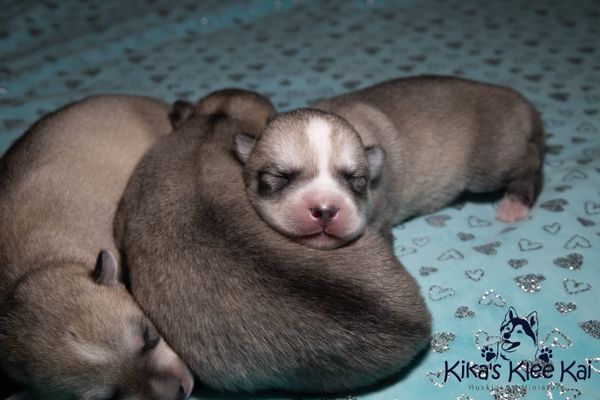
Information about your dog’s shots and microchip:
Puppy Shot: Your dog has been given puppy shots and you will get a record of them when you pick them up. You will need to check with your vet to determine when the next shots will be required.
Rabies Shot: Rabies shots are not required in our area until they are four months old, and the first shot is good for one year. Shots following this are usually good for longer. As always, check with your vet to determine this schedule.
Other Shots: We don’t have ticks in our area, so our dogs are not inoculated against any of the diseases that ticks carry. We also do not give heartworm preventative as there are very few cases in our area. Please always check with your vet to see what particular shots you need to get for your dog, that are specific to your area.
Microchip: Your puppy is microchipped, but the chip is not registered (we want you to do that so that it is registered with the information you prefer). Please take a few minutes to register the microchip as soon as you get your new dog home. You will be given all pertinent information for this or it will be attached to your dog’s crate.
Your puppy is on Nu-Vet multivitamins. Be sure to order some before you pick them up as it is highly recommended they stay on them.
Most flea and tick treatment is for puppies over 5 lbs; we use Frontline Plus or AdvantexII. We do not recommend flea collars as they are not supposed to be touched by human hands because of their toxicity to humans. We feel they may not be good for our dogs if they are so toxic to us.
Rawhides are tasty for your dogs and good for their teeth but keep and eye on them when they begin to break down. Your dog’s stomach can’t digest big chunks of rawhide so once it is small enough to fit into the dog’s mouth, take it away from them as they may swallow it.
If you have medical questions, please take them to your vet instead of an online forum or your friends. If something is concerning you, there is no replacement for a consultation with your vet.
It’s Potty Time!
Or rather, potty training time. Many people prefer to do their Mini Husky puppy’s training on pee pads that can be purchased at pet stores. If you decide to do this, I suggest you purchase the tray that the pee pads can fit into as well. Without the tray to hold down the edges, most pups will think that it is just something to drag around and tear apart. You can also find pee pads that stick to the floor to help prevent the pup from dragging the pee pad around as a toy.
At night, if your Klee Kai puppy starts to cry, I suggest you don't get right up and take them outside. Doing so will ensure that your dog will learn that crying will make you get up. We suggest you sternly tell it to be quiet and wait, put your fingers through the gate so it can lick them and be reassured that you are nearby. Usually the pup will just lay down again and cuddle the fingers for a moment or two and fall back to sleep. If the dog continues to fuss, then it’s a good idea to get up and take it out to potty. As soon as it goes, praise it and put it right back to bed. No playing, no eating, and no treats for doing what they’re supposed to do.
We have found that without fail, every time one of them continues to fuss during the night, there is a potty related reason for it.
Almost always, your pup will go potty and think they are finished, but within a minute or two of running around they will go again. If you don't let them finish outside, then they will probably finish inside, because they really do have to go more.

From our kennels to yours, we wish you only the best with your new Klee Kai puppy. Your dog has been raised in the most optimal conditions under the utmost care, and while there may be a few bumps in the road at the outset, most of that is just nerves and stress that will start to calm as soon as your dog is home with you and exploring their new environment. We are always happy to hear back from our clients, and we can give practical advice as needed. But, for any medical questions or concerns, we will refer you to your vet. While we have considerable experience breeding and raising Klee Kai dogs, we are not medical professionals, and nothing can substitute for the opinion of one when it is warranted. We hope you have a long and blissful relationship with your Alaskan Klee Kai puppy.
Your Dog’s Stress
It is very likely that the transfer into a new home, with new people, and the stress of traveling will cause some loose stools for the first couple of days. This may also cause your Alaskan Klee Kai puppy to be more shy than they were when they left home. Be patient and do not discipline your new dog too much until the puppy adjusts to the new environment. On the other hand, don't wait too long to start training your dog, as we don't want the puppy to be training you instead of you training it.
Also, all dogs do carry some parasites, and even though your Mini Husky dog has been dewormed, it is possible that the stress can activate the parasites. It is also possible for the dog to be exposed to different things during their travel. It is suggested that in about a month or so, you have the stool sample checked by your vet to see if there is any additional treatment needed for parasites. After that, you should have a stool sample checked on the schedule given to you by your vet. Every area is different and treatment depends on the individual dog's symptoms, as well as on what is going on with other animals in your area.
